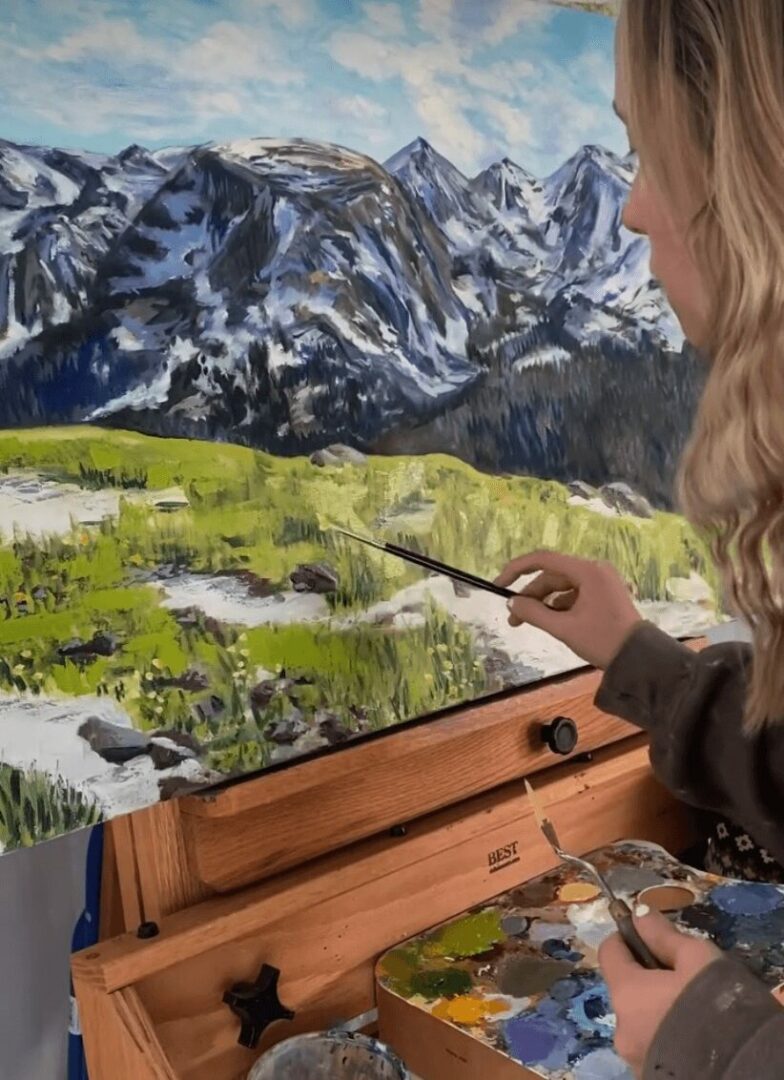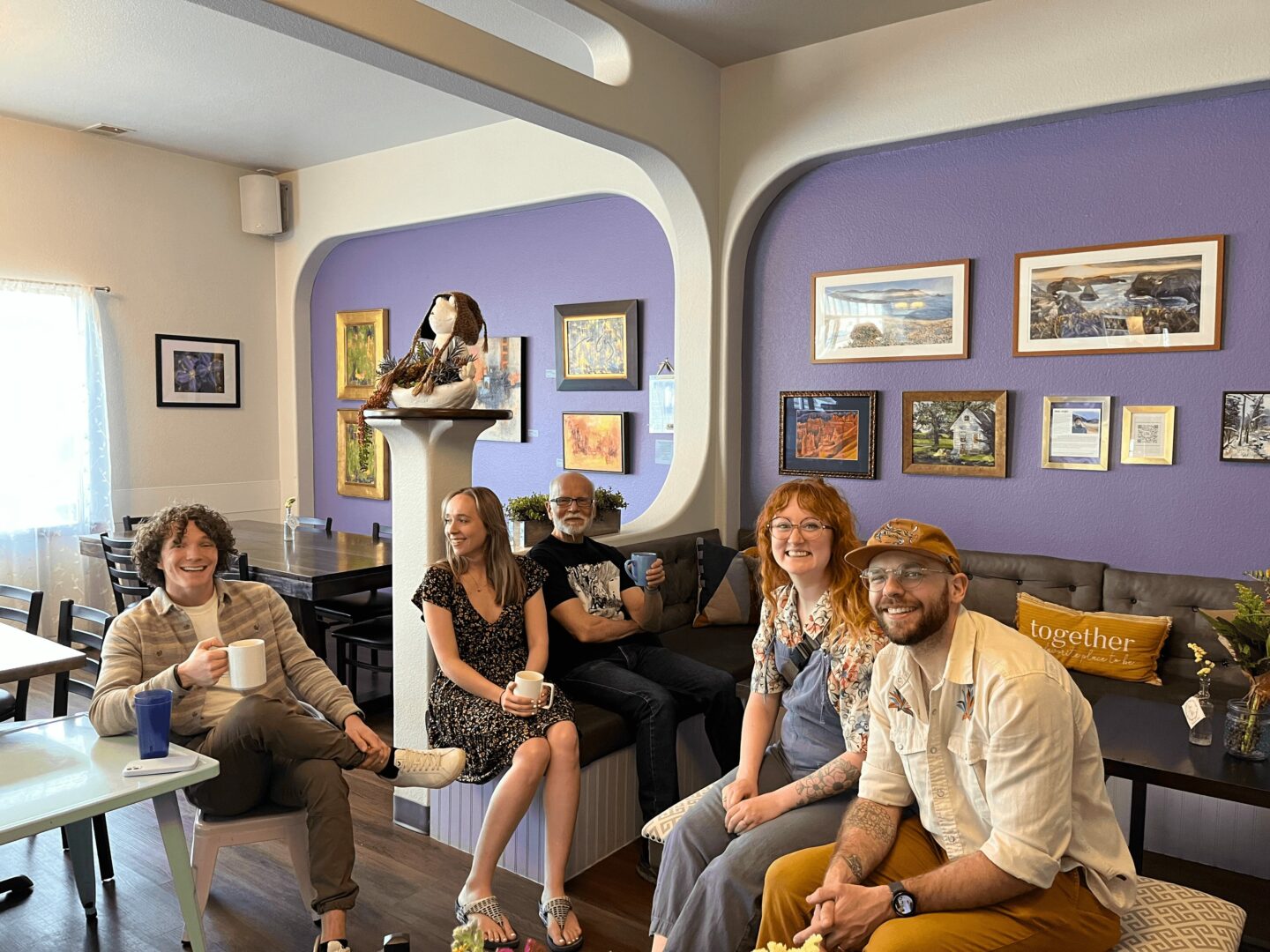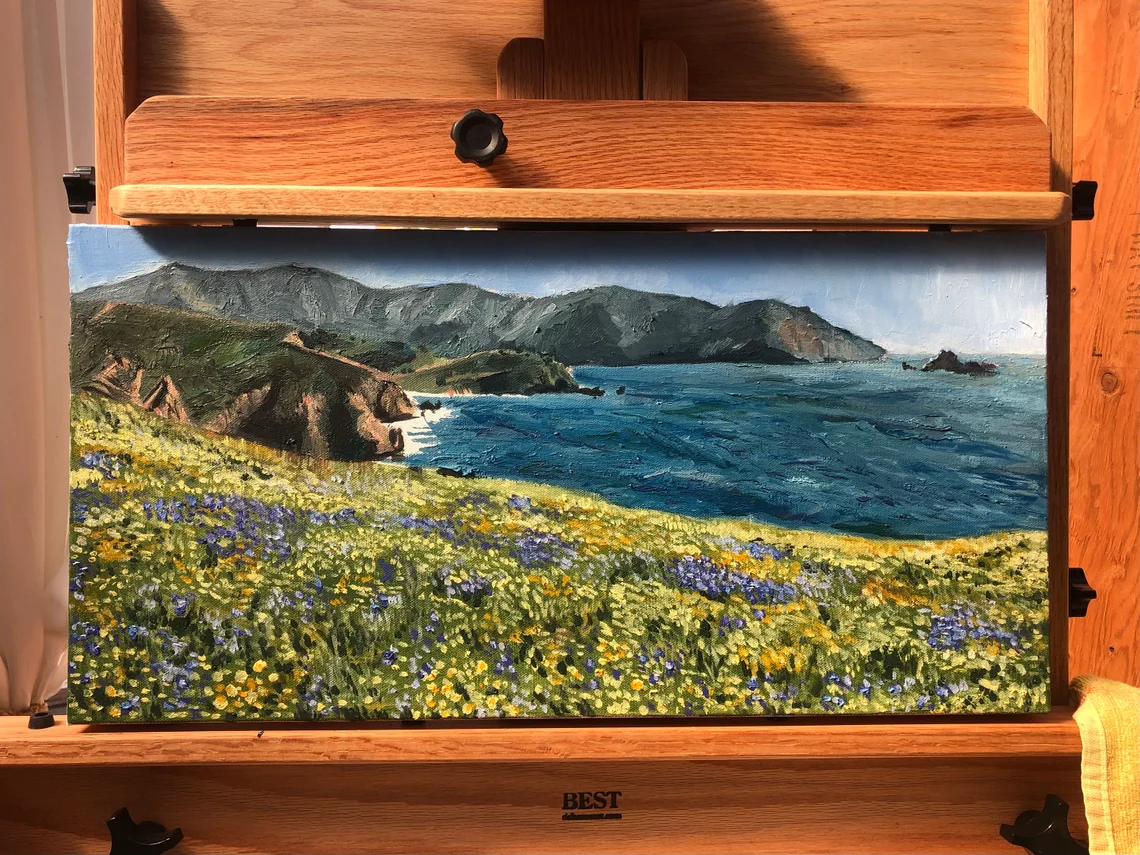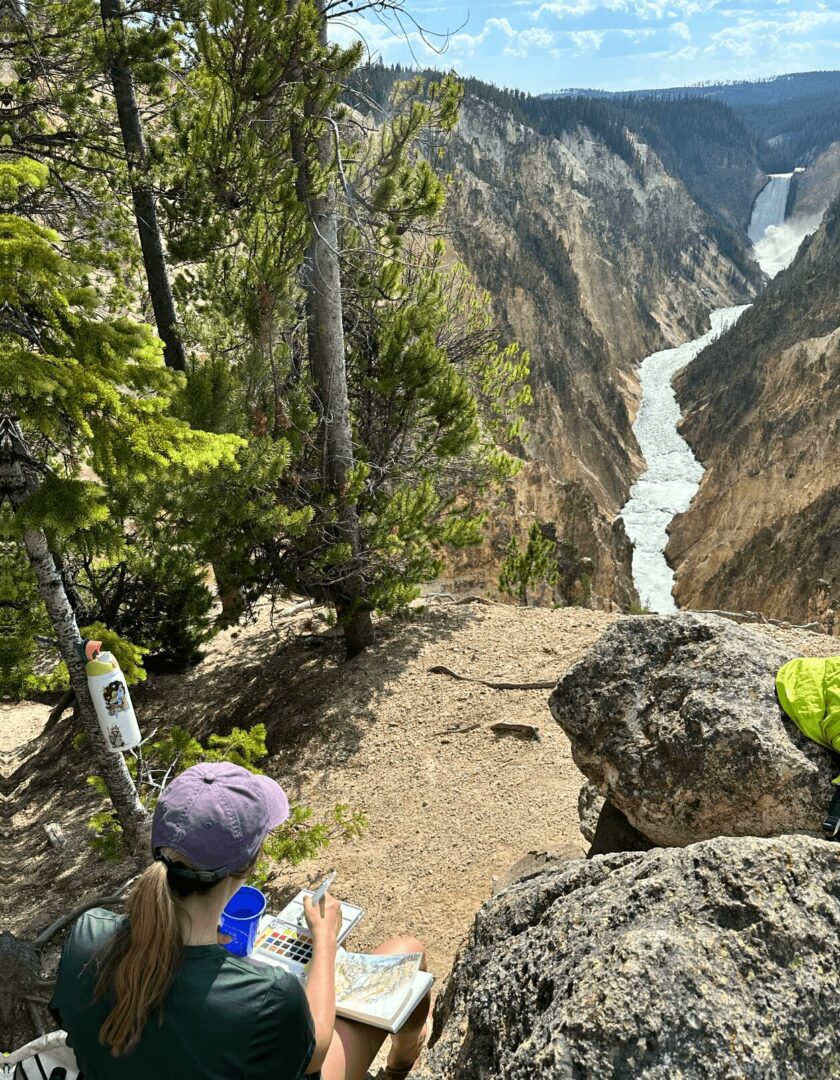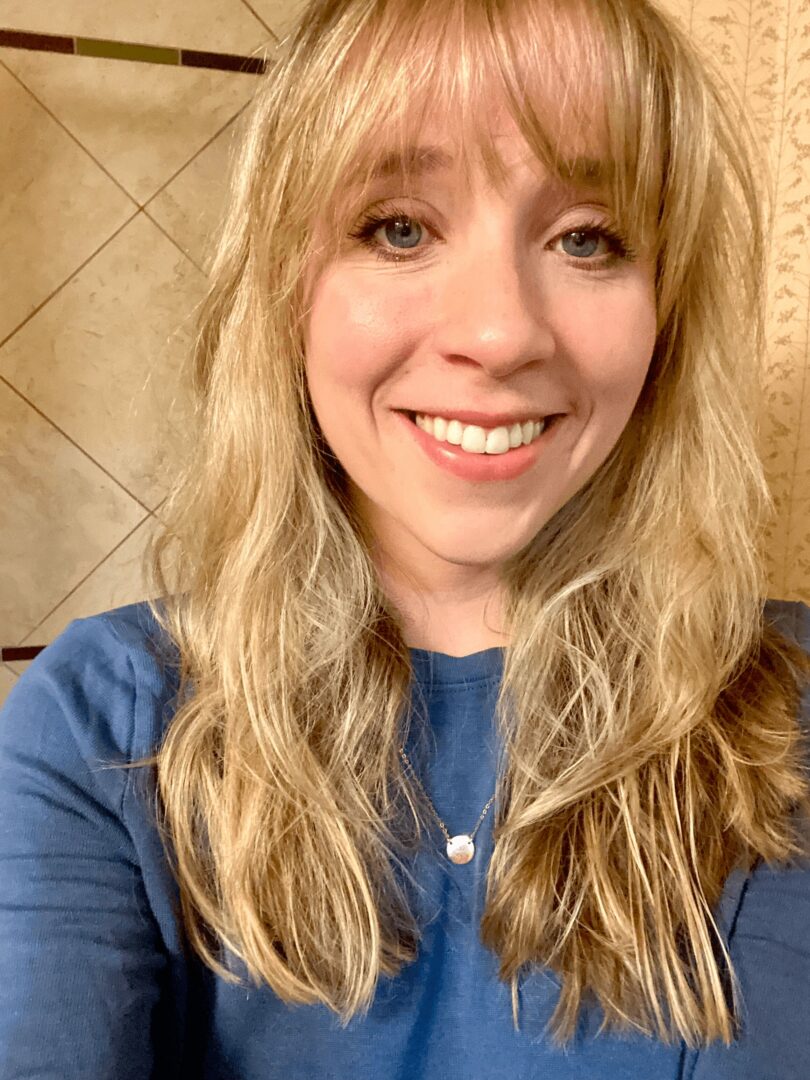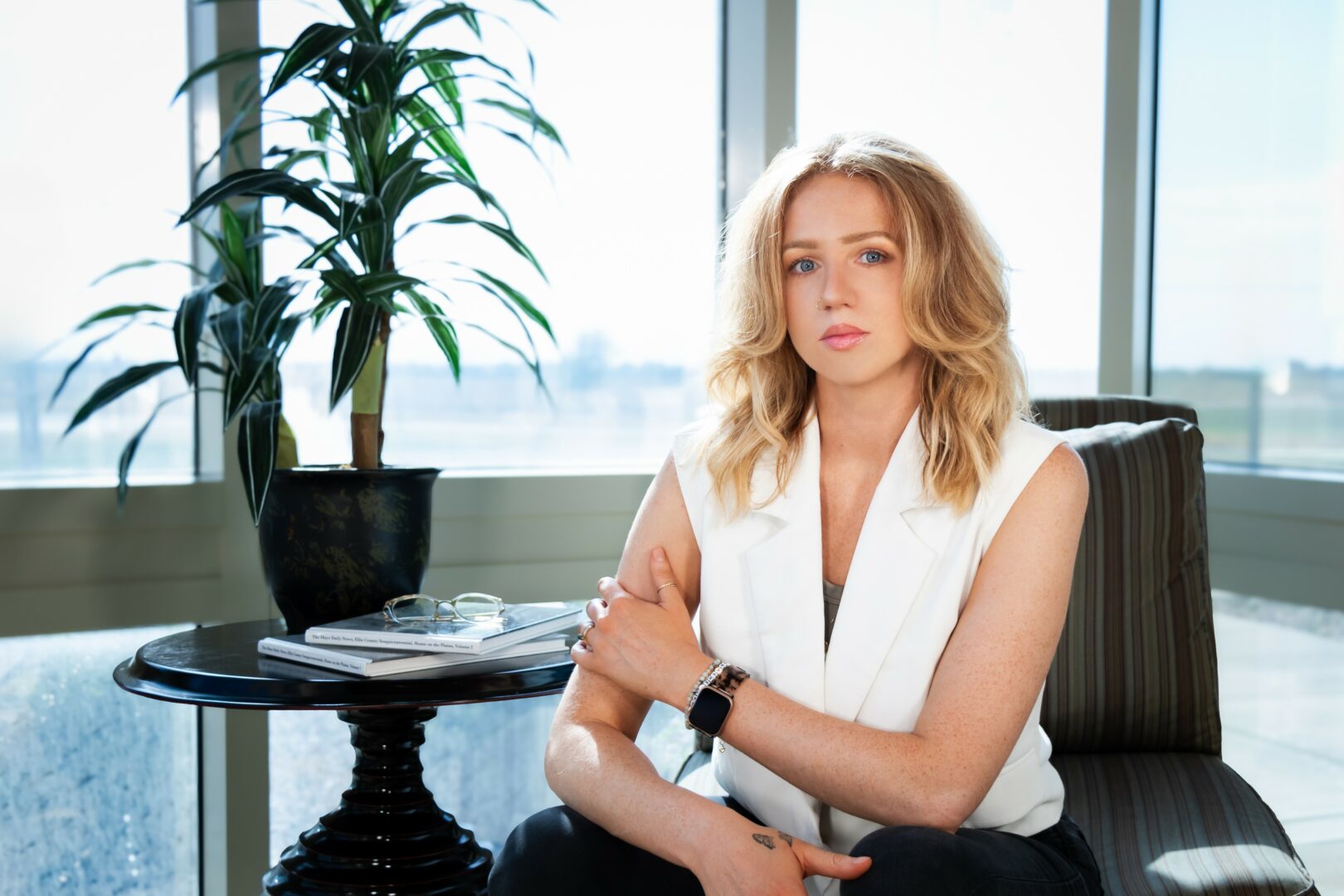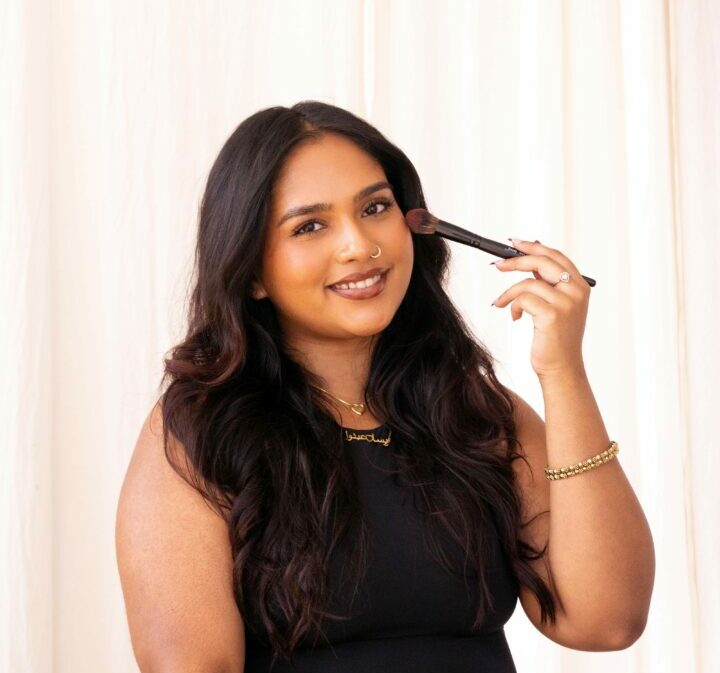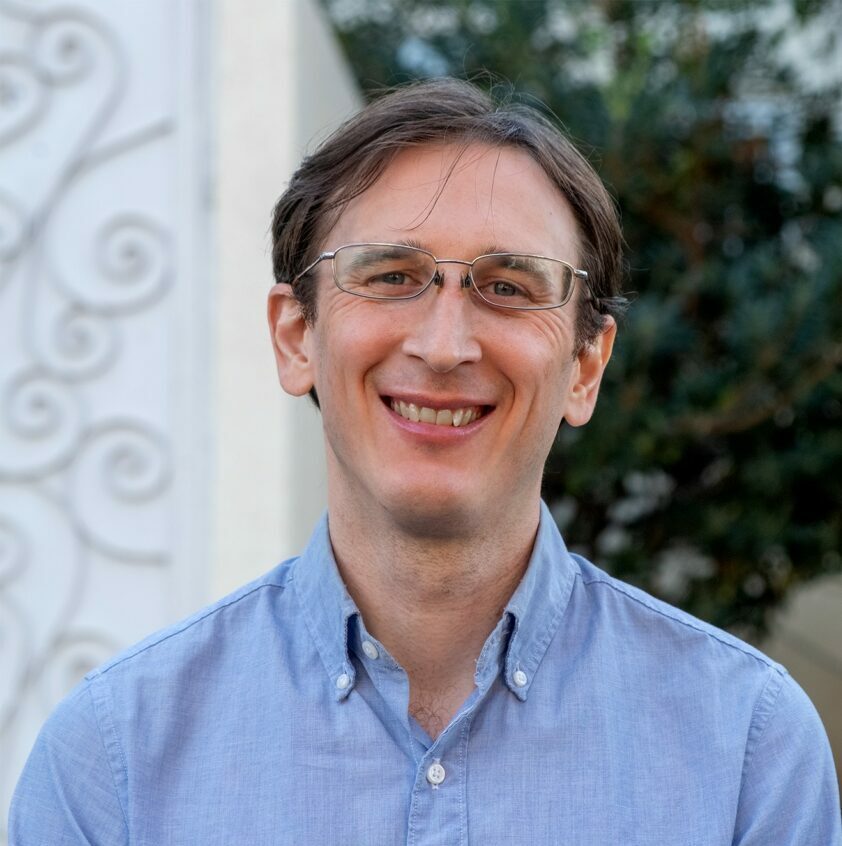We’re excited to introduce you to the always interesting and insightful Diana Wright. We hope you’ll enjoy our conversation with Diana below.
Diana, we’re thrilled to have you on our platform and we think there is so much folks can learn from you and your story. Something that matters deeply to us is living a life and leading a career filled with purpose and so let’s start by chatting about how you found your purpose.
Before getting started, I want to emphasize that I feel I’m finding (and re-finding) my purpose every day. It’s an ongoing process that’s evolving and changing, so for me, it’s more of a “how do you find your purpose” as opposed to “did”. I believe people are continuously growing as they attune to what’s meant for them. Over time, they begin to see it more clearly, and it’s not static in one lifetime – at least that’s been my experience.
The anchor I keep coming back to these days is that life is impermanent, and I want to spend my time in ways that feel fulfilling – recharging my energy instead of draining it. In my case, that means saying no to more things than I used to and making more time for my art, spending time in nature, and with the people and animals I love. In other words, learning to let go of the external expectations as much as possible and just being who I want to be. I think we become our best selves when we step into what’s made for us, and in doing so, can show up more for others.
My path hasn’t been linear. It took pushing myself too hard in directions that didn’t fit and a series of health crises to recognize that I needed to make changes, both in my environment and inside myself in the way I process things. I’m still learning how to do this. I have an autoimmune condition and have dealt with chronic pain since I was 19, which I believe was caused in part by persistent stress and shutting out my inner voice. Doing things that felt wrong and losing myself to those things, however, ultimately helped bring me back to myself. Since I stopped ignoring the signals my body sends me and started listening, I’ve noticed improvements in my symptoms. I still experience pain sometimes (and perhaps I always will), but now I see it as a reminder to take stock of how I’m feeling emotionally, mentally and spiritually, and to change the things that aren’t working. I’m not perfect at it and I still slip up, but I’m building these muscles and I’m grateful for the opportunity to do so.
Creating my art and sharing it with the world brings me so much joy. I love every step of the process – collecting inspiration, deciding what to paint, the underpainting/rough sketch, mixing and blocking in the colors, tuning the shapes and light, the fine detail work – though I’d be lying if I said I never scrapped a painting out of frustration. It’s fascinating and moving to hear people’s reactions to my art – the feelings they associate with that particular place, their childhood memories and homes. It gives me a snippet of their lives, just as I’m sharing a snippet of mine, and that means so much to me.
TL;DR: As one of my favorite quotes puts it, “The privilege of a lifetime is being who you are.” – Joseph Campbell.
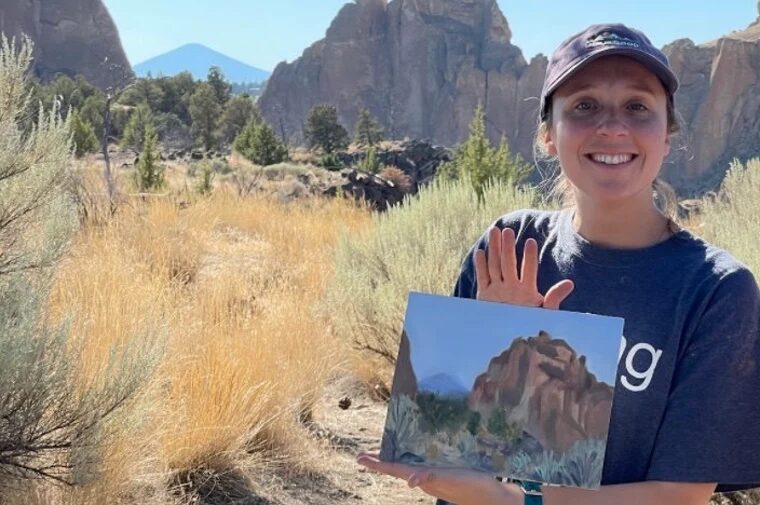
Thanks for sharing that. So, before we get any further into our conversation, can you tell our readers a bit about yourself and what you’re working on?
I strive to create art that gives someone the space to fully experience the present moment. I primarily work in oils and watercolors, but enjoy other mediums as well. Part of my process is leaving room to play with abstraction, movement, texture and color. When I start a painting, I let it evolve organically without a defined outcome. I like to call myself a contemporary impressionist – I aim to combine traditional, impressionist landscape techniques with modern colors and themes. I’m drawn to landscapes because I feel happiest, most connected and at peace when I’m in nature – through my work, I hope to share that feeling with others. I paint in my at-home studio on large canvases from reference images and in the field in plein air (outdoors).
Art has always been an integral part of my life, allowing me to express my truest self. My grandmother was a commercial and fine artist, and her influence in my childhood, combined with spending time with friends who also loved to draw, helped me cultivate a love of art at a young age. For the last ten years I’ve studied and worked as a software engineer, employing my analytical mind to solve complex problems. With this career and lifestyle, I’ve craved the release and freedom that art provides. Painting helps me connect with my intuitive, feminine side, creating an energy balance in my life. To me, art and nature exist beyond the limits of modern society.
I’ve had the opportunity to live in a variety of regions of the country: Pennsylvania, Michigan, California and now, Colorado. I’m inspired by how beauty presents itself in different ways – mountains, forests, fields, oceans – each environment, though unique, evokes that same experience of total freedom I seek to tap into in my work.
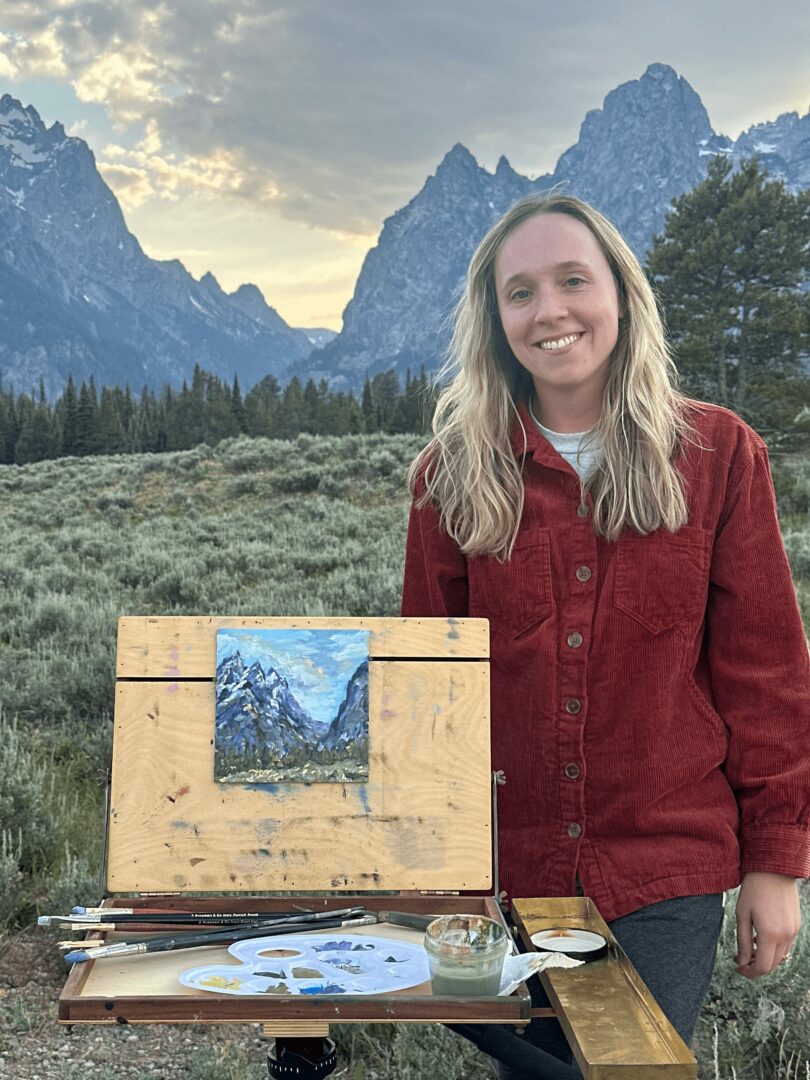
There is so much advice out there about all the different skills and qualities folks need to develop in order to succeed in today’s highly competitive environment and often it can feel overwhelming. So, if we had to break it down to just the three that matter most, which three skills or qualities would you focus on?
1. Learning to quiet my mind: Like pretty much everyone else, I often struggle with intrusive thoughts and operating from an overly mental/analytical place when I start working on a piece. I’ve noticed, though, that my best work almost never comes from my overactive mind. Often, the paintings that resonate most with people are the ones I’ve worked or thought about the least. Given this observation (and my desire for a more peaceful existence inside my own head), I’ve worked on developing strategies to find my flow and let go of thoughts that aren’t serving me. Just dismissing the thoughts doesn’t work. I need to acknowledge them/hear them out/understand the root cause of them, and then respectfully let them go. It’s a work in progress, but prioritizing this has allowed my best work to emerge. When I’m able to relieve the pressure and just create, the results tend to be better, more natural.
Grounding practices like somatic therapy, chiropractic care, spiritual exercises and meditation, and physical exercise (especially walking outside in nature) have been invaluable in connecting my creativity with my well-being, and reducing overall stress and anxiety. I know that not all of this will work for everyone or is possible for everyone, but I think it’s important to find what works for you/helps you access your flow state. I’ve also found prioritizing community to be vital to my process. I believe creativity doesn’t happen in complete isolation, and intentionally making time for my relationships has enhanced my work and helped me stay present/focused on what matters to me.
2. Manifestation – Working with manifestation techniques has helped me visualize what I want my life to look like, and then take steps to make it happen. The advice I would give is if you want to be an artist (or create change in your life), start doing it. Put yourself out there in the ways that you can – don’t wait to be “ready” or “good enough”. I had this moment at the beginning of the year where I just decided I was good enough – up until that point I didn’t truly believe I was. Deciding to challenge that assumption and do the things I wanted to proved to myself that I was capable of all of it.
I’ve found that once you put positive energy into something, it comes back to you in waves. Not every painting will be a hit – sometimes I swear I can’t paint rocks even though I always paint rocks – but you won’t know won’t know which ones will work out and/or successfully speak to your target audience unless you give it a shot. In my experience, as soon as I set intentions and surrendered to the outcome, opportunities started emerging (and they haven’t stopped). I decided to pursue art more seriously and marketing/selling my work in January of this year. It’s been only nine months and I’m much further along than I expected to be – I’ve had a solo show, participated in local art fairs, registered as a small business, and sold art online. It’s a lot of work, but it’s also a lot of creating my own reality and seeing the returns.
3. “Steal Like An Artist” – “Steal Like An Artist”, a book by Austin Kleon, is a great read with tons of wonderful advice. To summarize the core takeaway, it’s not about actually stealing things or creating replicas of other people’s work, but to find inspiration in the world around you and what others have created before you. Find what you love/what inspires you and study it, internalize it, come back to it. Write down what you like about it and then try to integrate those same elements in your own work. Through your art, aim to create a collage of the things you love simply by existing in the world that we all share. There is so much good content out there to appreciate and learn from – a lovely reminder that we’re all connected. In the spirit of this, I want to mention a few artists I love who influence my work: Jeremy Miranda, Joni/Joan Mitchell, Noelle Phares, Jess Franks, and Anita Winter.
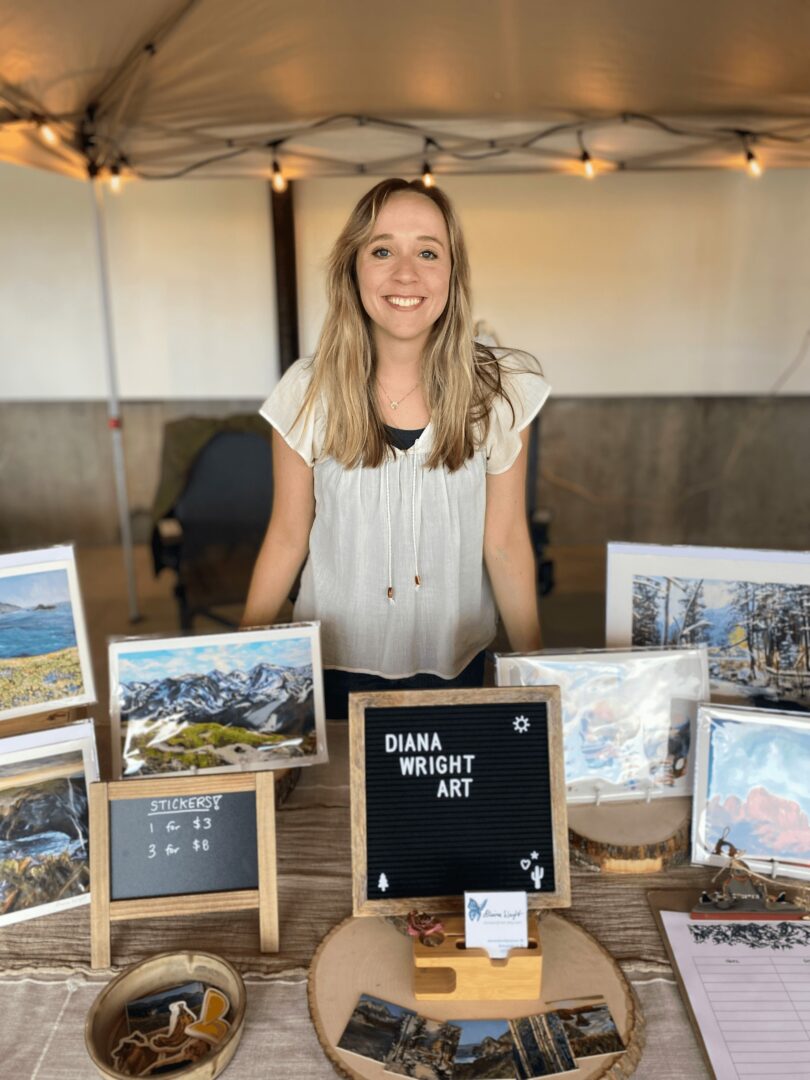
What’s been one of your main areas of growth this year?
I’ve grown so much in the last 12 months. In addition to launching my art business, I’ve learned to pay more attention to my body and listen to what it’s telling me, began trusting my intuition more, adjusted to the idea that there are no wrong decisions in life (because we can always learn from our experiences, even “missteps”), and worked on saying no to more things (and emphatic yes to others). I feel truly excited to be alive and that is much different than how I felt a year ago. I am so, so grateful.
Contact Info:
- Website:dianawrightart.etsy.com
- Instagram: @dianawright_art

